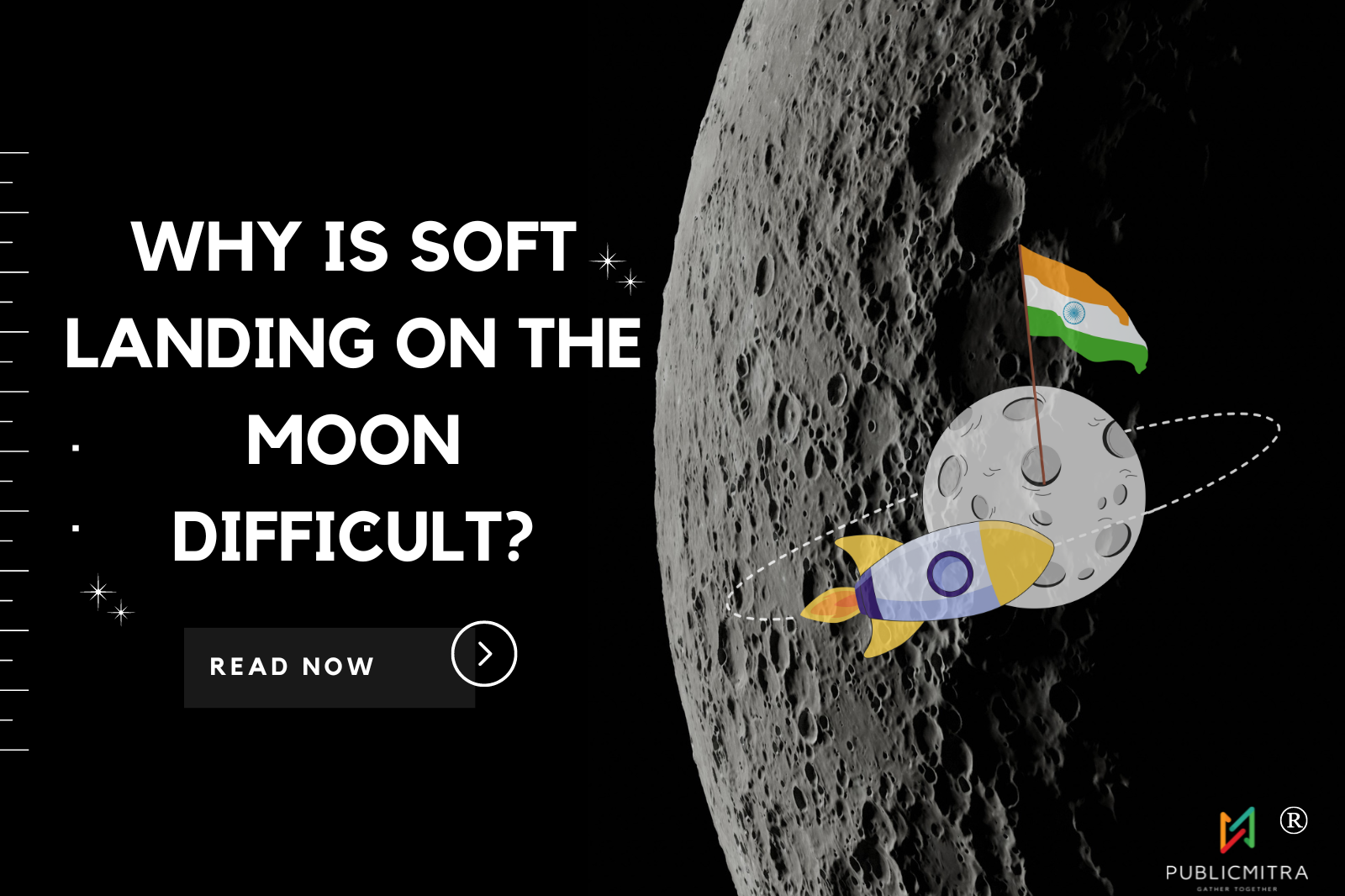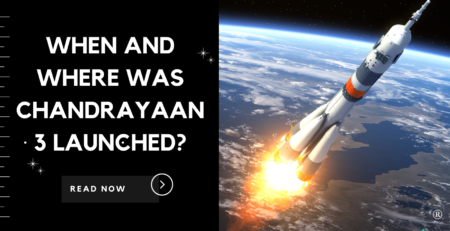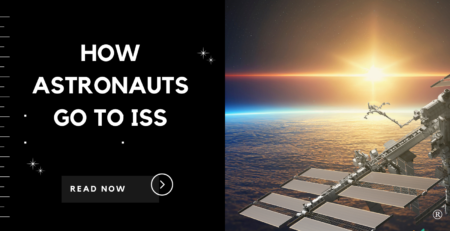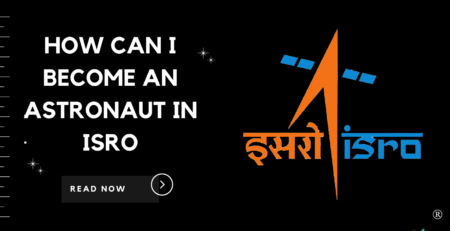Why Is Soft Landing On The Moon Difficult?
India on August 23, 2023, landed a spacecraft successfully which is the most awaited lunar exploration project carried out by the ISRO. On 22, July 2019, the mission of Chandrayan-2 got failed when Vikram Lander experienced a sudden crash on the lunar surface. But today, it’s a proud moment for India as it’s the first nation to land the spacecraft on the southern pole of the moon.
Why is Landing on the Moon Quite Challenging?
A soft landing of the spacecraft simply implies landing at a controlled speed without causing any damage to the spacecraft. A soft landing is quite challenging as there is very little gravity on the moon as compared to earth and its thin atmosphere and presence of lunar dust make it hard for the spacecraft to land safely.
Also, no GPS is there on the moon like here on earth which simply implies spacecraft has to depend on onboard computers for making rapid calculations and decisions. The area features uneven lunar terrain which is full of craters as well as deep trenches and it’s quite far from an equatorial region that previous lunar missions had explored.
Even, few areas are completely shrouded in darkness and touch a temperature of minimum -230 degrees Celsius. In short, the stony terrain, darkness, and extreme cold weather conditions make it difficult for electronic instruments to function correctly here.
Before Russia, nations like Japan, the United Arab Emirates, and Israel had also tried but failed to make a safe landing on the moon’s rugged terrain of south pole region.
Recently, Chandrayaan-3 of India and Luna-25 of Russia are on a mission to land their spacecraft on the south pole region of the moon. But Russia’s spacecraft lost its control resulting in a crash onto the surface of the moon and after that, everyone’s eyes were on Chandrayaan-3 successful landing.
Why is ISRO Aiming for the Southern Pole?
The ISRO always want to do something different on their every mission. The scientists of ISRO want to deeply explore the moon’s polar areas because there’s a possibility of ice molecules hidden deeply in the craters of this region. The same assumption was indicated by the Chandrayan-1 mission too.
Most of the moon missions generally land away from poles since it’s quite easier to make a landing of the spacecraft close to the moon’s equator. The surface is even with minimal steep slopes and craters. Also, the temperature in that area makes the functioning of technology easier. Because of the difficult environment, no spacecraft had ever tried to explore the polar regions of moon so it remained unexplored until now.
The south pole gives a great chance to analyse materials originating from the moon’s deep-rooted crust and mantle. All these factors make the region of south pole highly fascinating for scientific explorations. The good news is that India is on the moon now- it has reached the southern pole region of the moon which is the proud moment for all Indians.








